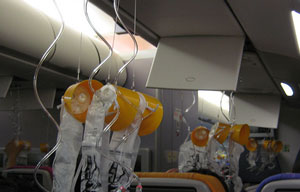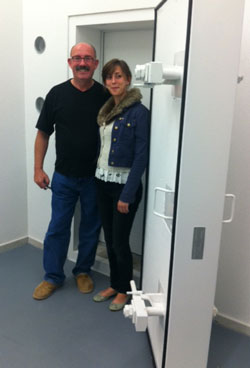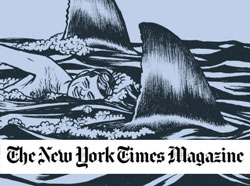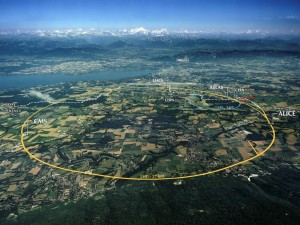 My sister was traveling back from a holiday in Florida with her two-year-old granddaughter. Before the plane took off, a flight attendant came by to remind the adults in the group that in case of an emergency, they should put on their own oxygen masks first and then put on the baby’s mask.
My sister was traveling back from a holiday in Florida with her two-year-old granddaughter. Before the plane took off, a flight attendant came by to remind the adults in the group that in case of an emergency, they should put on their own oxygen masks first and then put on the baby’s mask.
The corollary to this advice applies to busy executives, too. Do you remember to put on your own oxygen mask first before trying to help others? How do you ensure you have enough “air” to survive hectic schedules on a daily basis and still have time to think?
During these times of crisis and instability, are you still able to get enough balance in your life? How do you fit in work, family, friends, chores, fitness, hobbies, newspapers, business books and leisure reading like novels and magazines…just to name a few activities.
In such a packed schedule, how can you shoehorn in “being a stronger thought leader”? Leading the industry forward as a thought leader takes time and dedication to the task. Are you having difficulty fitting in “thinking time” between all the meetings and daily demands of running a business?
What gets prioritized gets done, so are you blocking time in your schedule for thinking? Have you set aside time daily or weekly for deep, focused thought — a time when you can “come up for air” and think about the bigger picture? You need to make time for critical reflective activities. You need to make time to ask, assess, then act. We’re here to help.
Photo by Miikkahoo on Flickr






 In late October a thought-provoking article
In late October a thought-provoking article 

